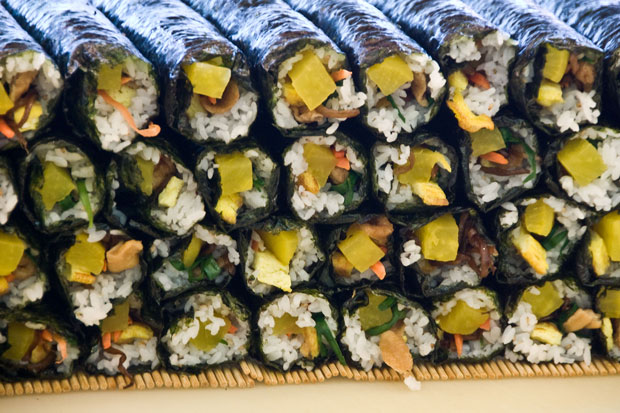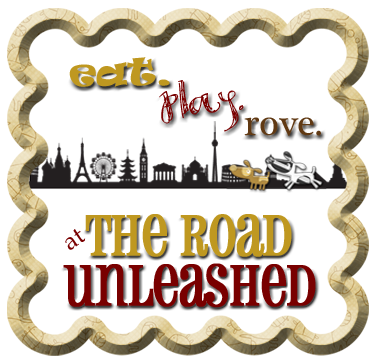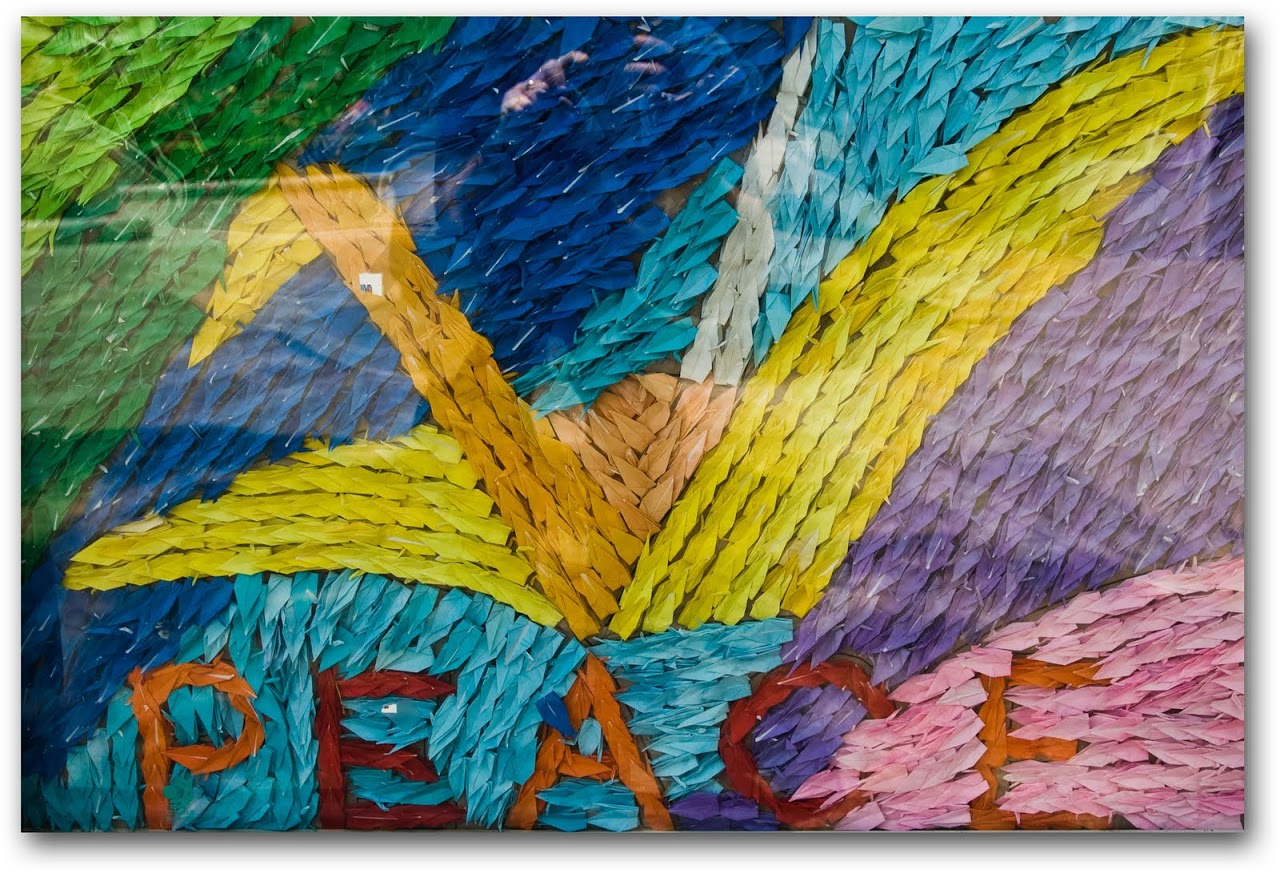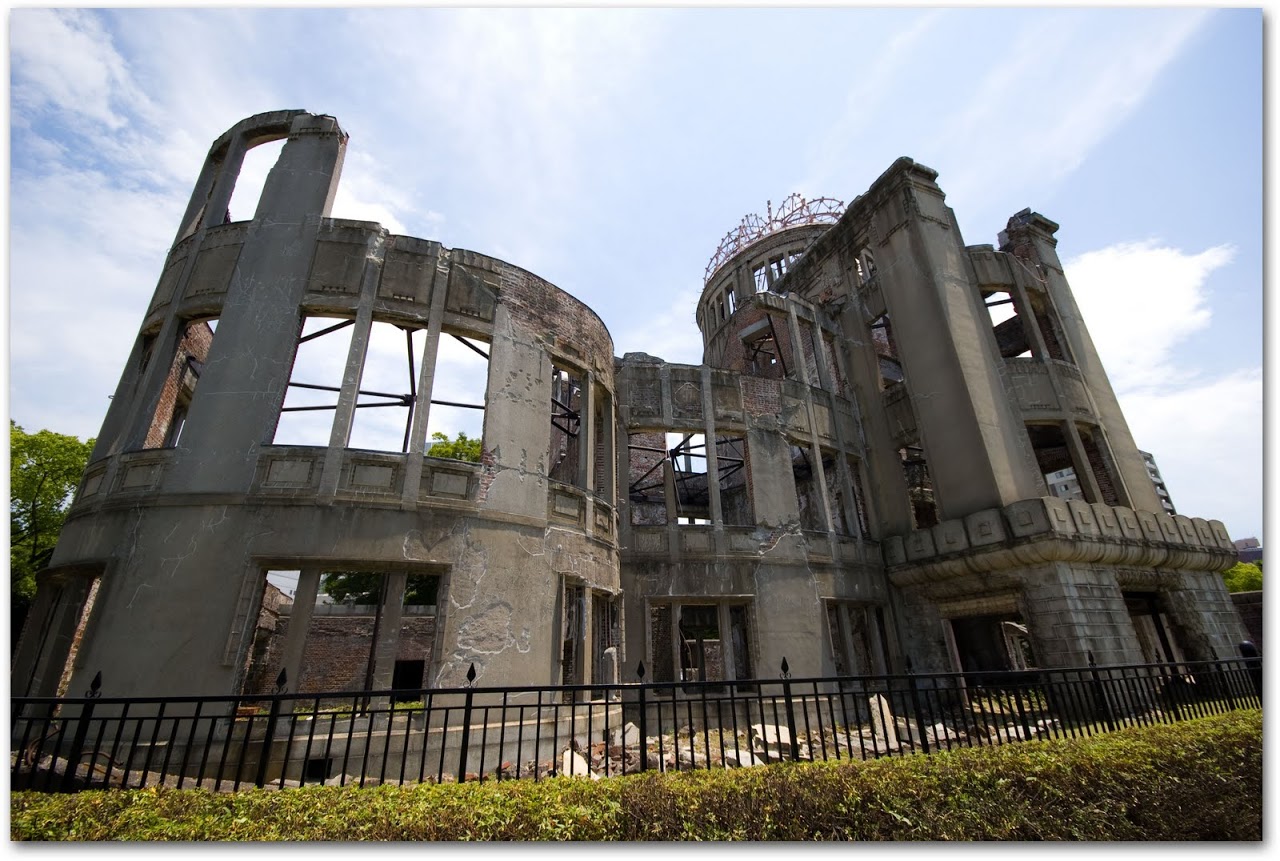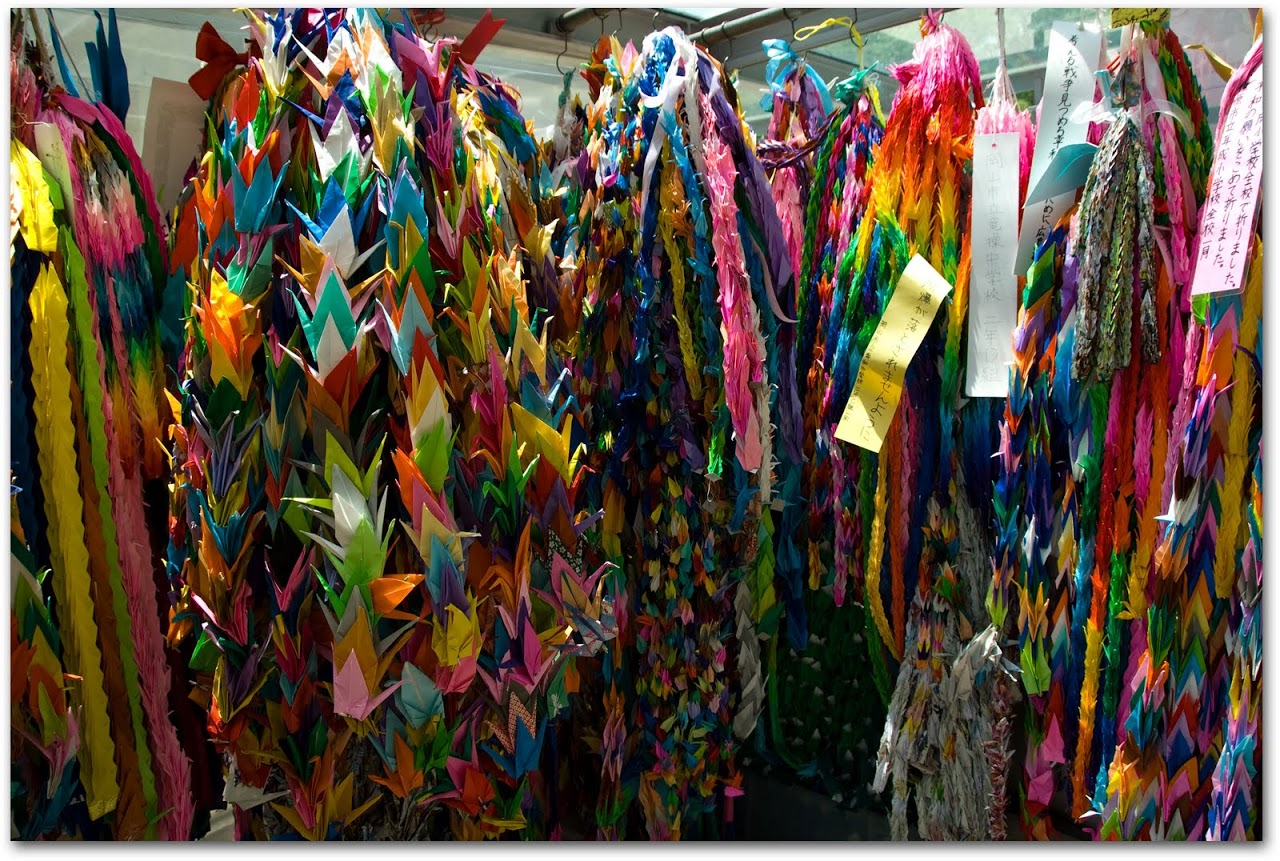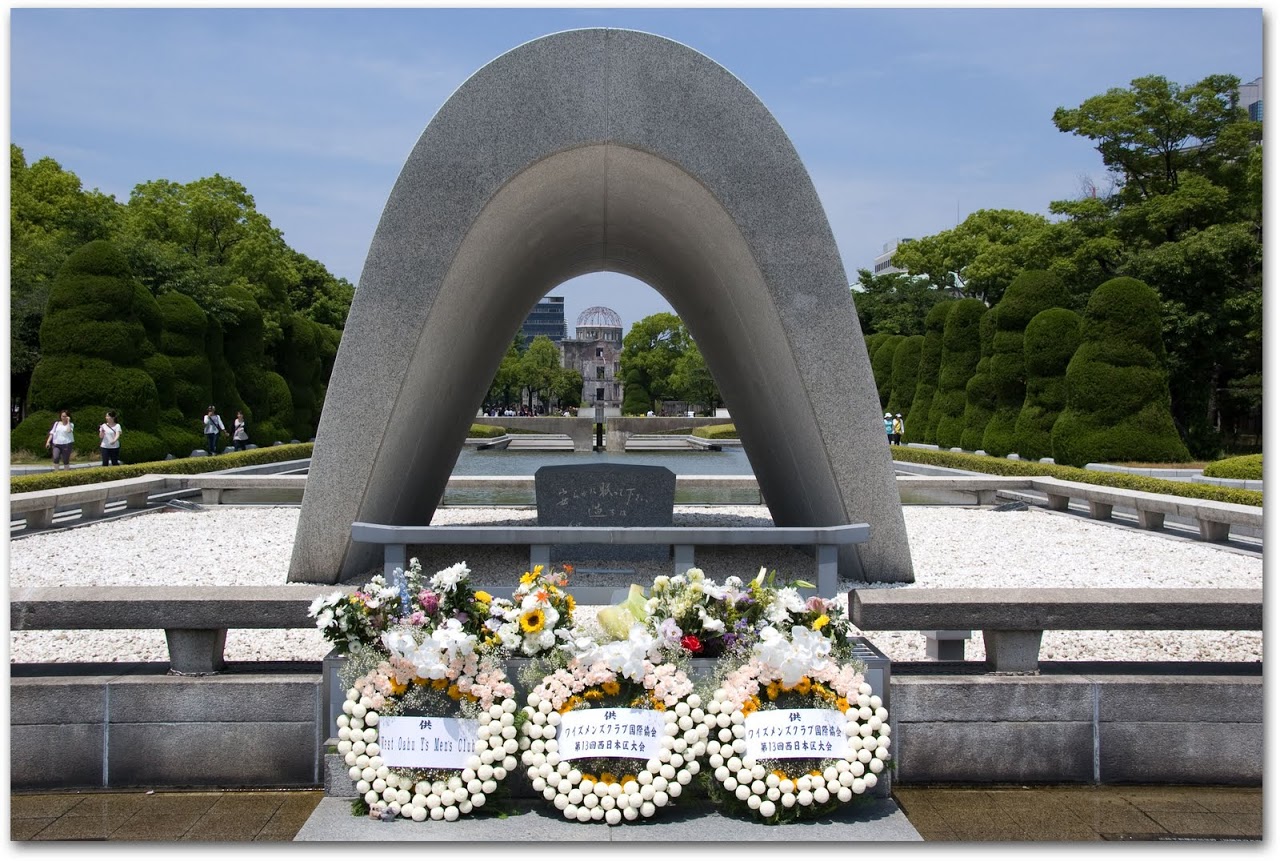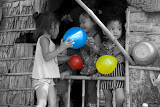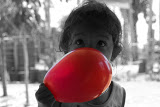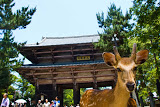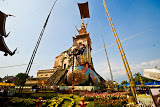Paper cranes writing out peace
It is a sad truth that world peace has become a naive impossibility, what beauty queens ask for when they answer their final question, and the two fingers that the Japanese and Chinese toss up when posing for pictures. War is a necessity, we argue, an undeniable, unenviable task that every country must face at one point or another. "Peace in the Middle East," "Free Tibet": they are slogans that ring in our minds though we may not believe in the causes or understand the politics that propel the controversies.
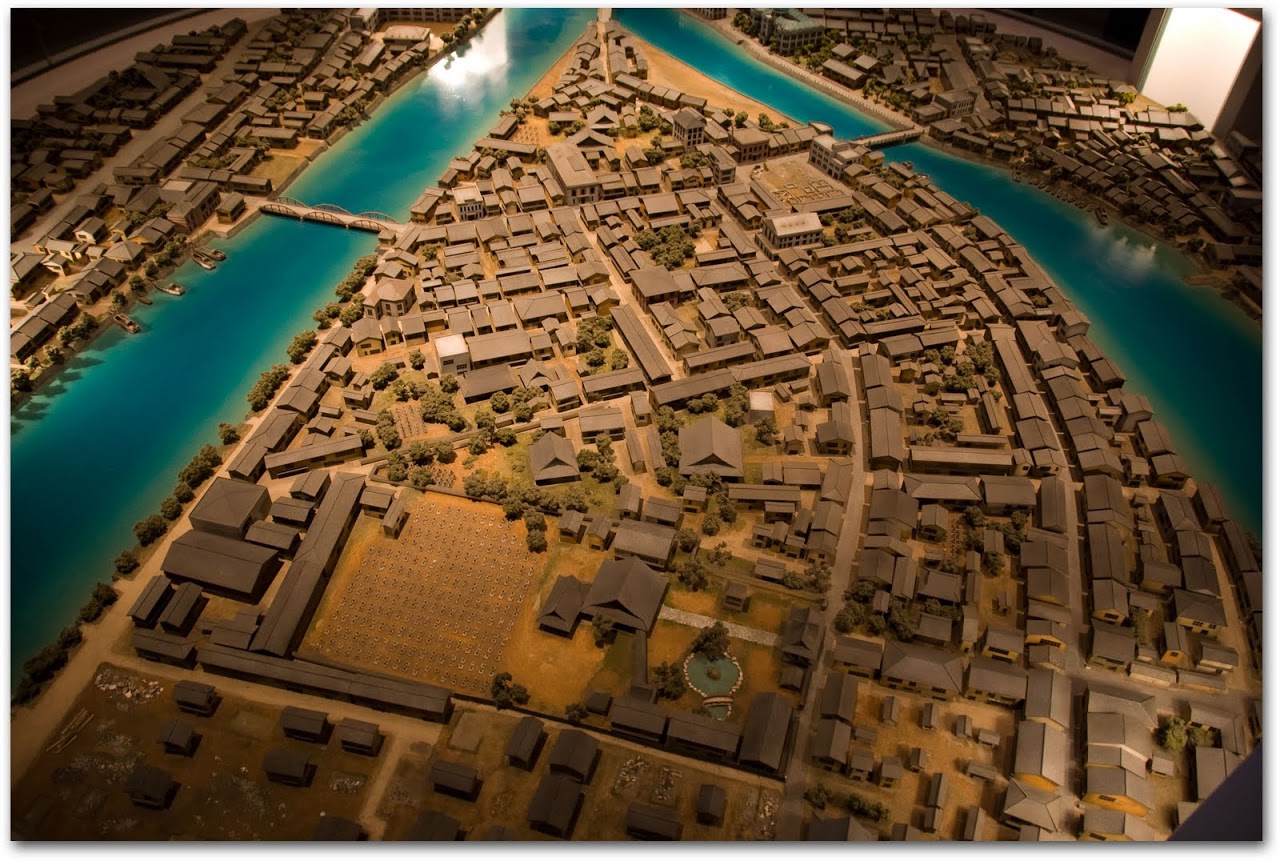
|
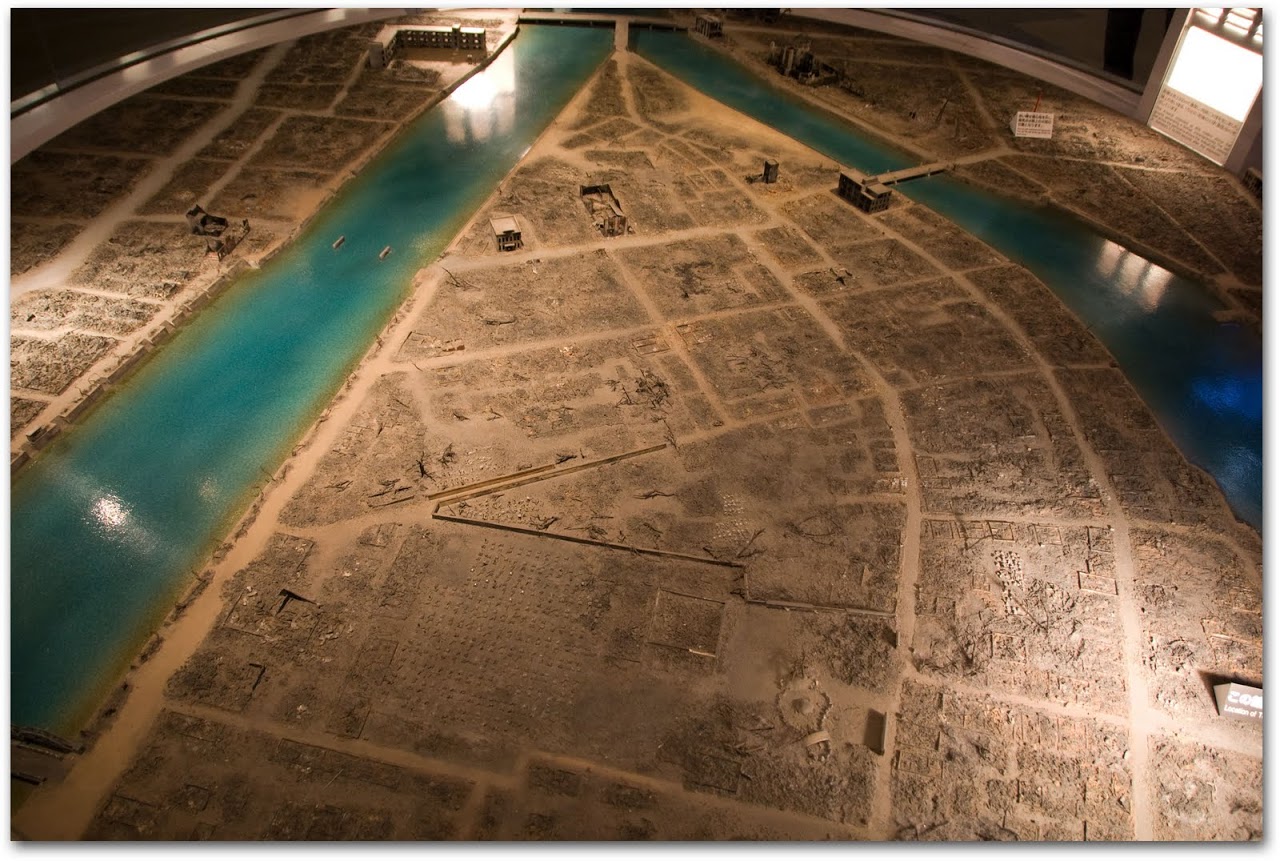
|
Models of Hiroshima downtown before and after
I never thought I would find a place where people believe, truly, fundamentally, in the essence of world-wide peace. And, when I found that place, I did not think it would be Hiroshima, a city ravaged by a violence that the mind shudders to contemplate. Yet, that is exactly what Hiroshima has become: a place of peace, the most beautiful unadulterated peace I have ever experienced, born from a tragedy that frames the history of that city.
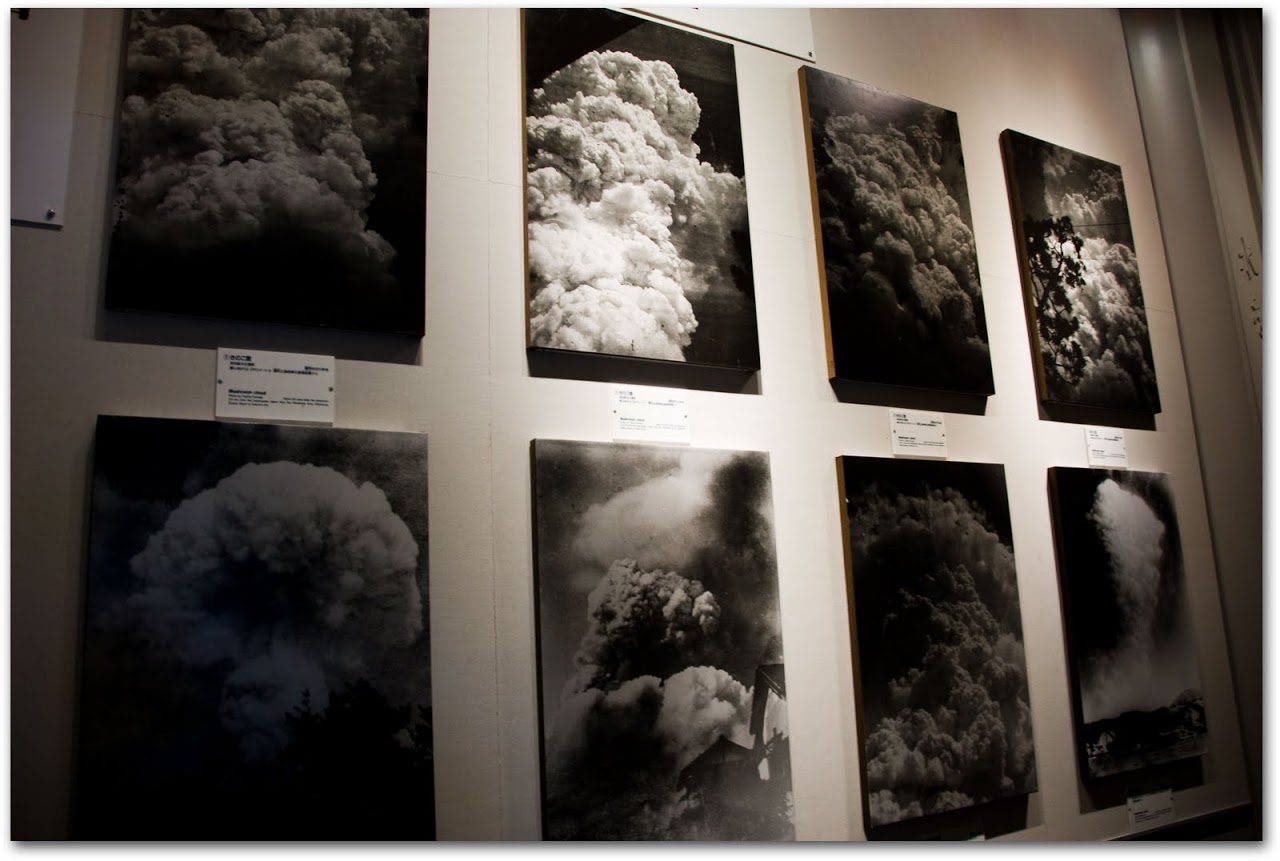
|
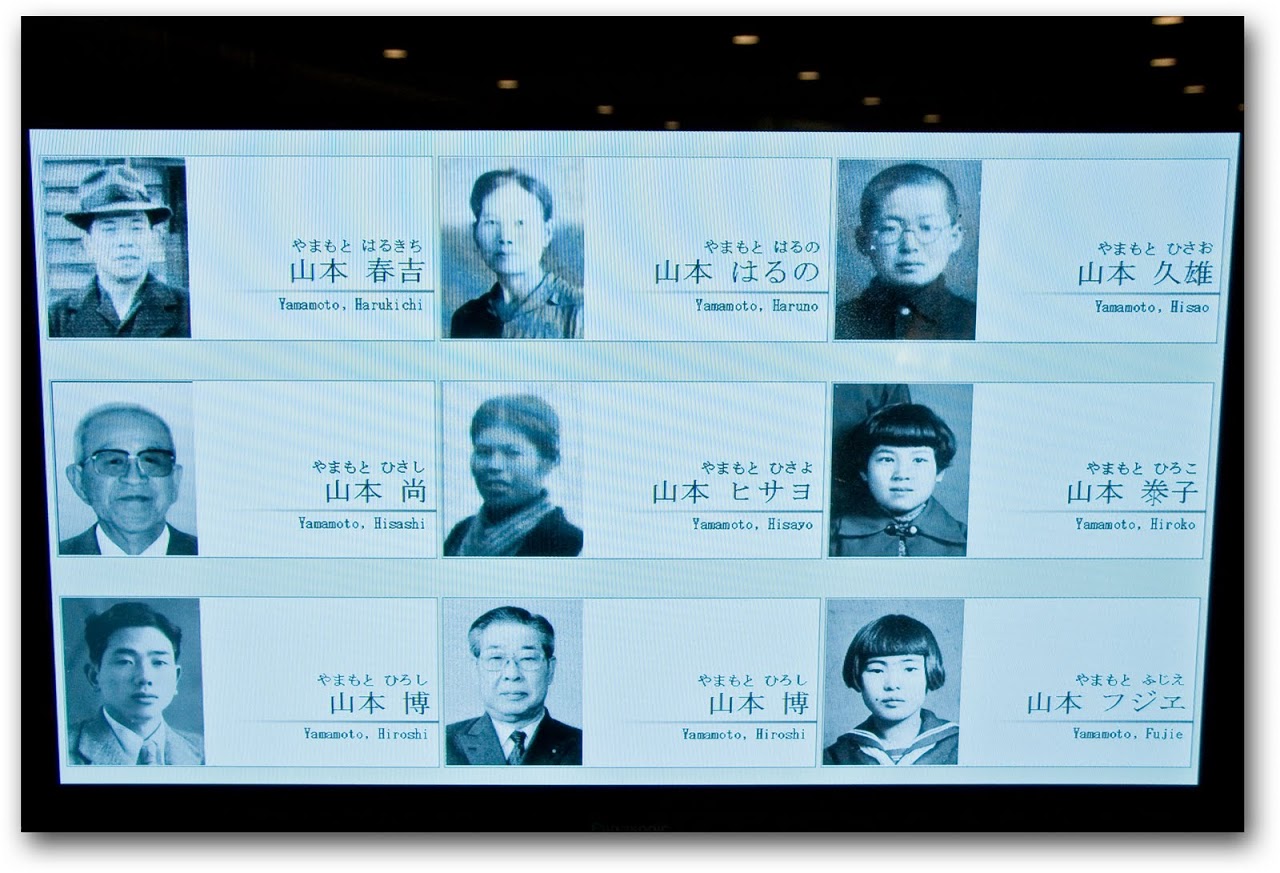
|
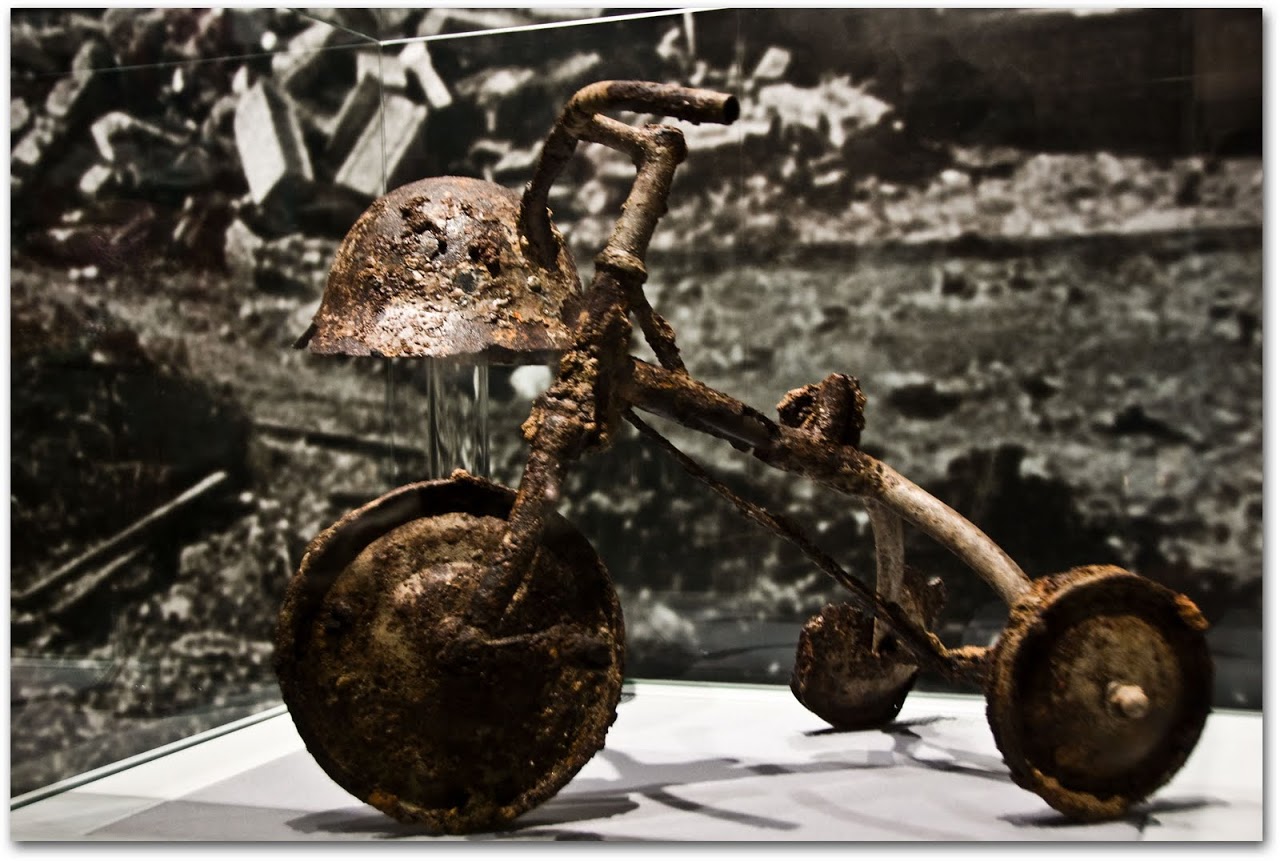
|
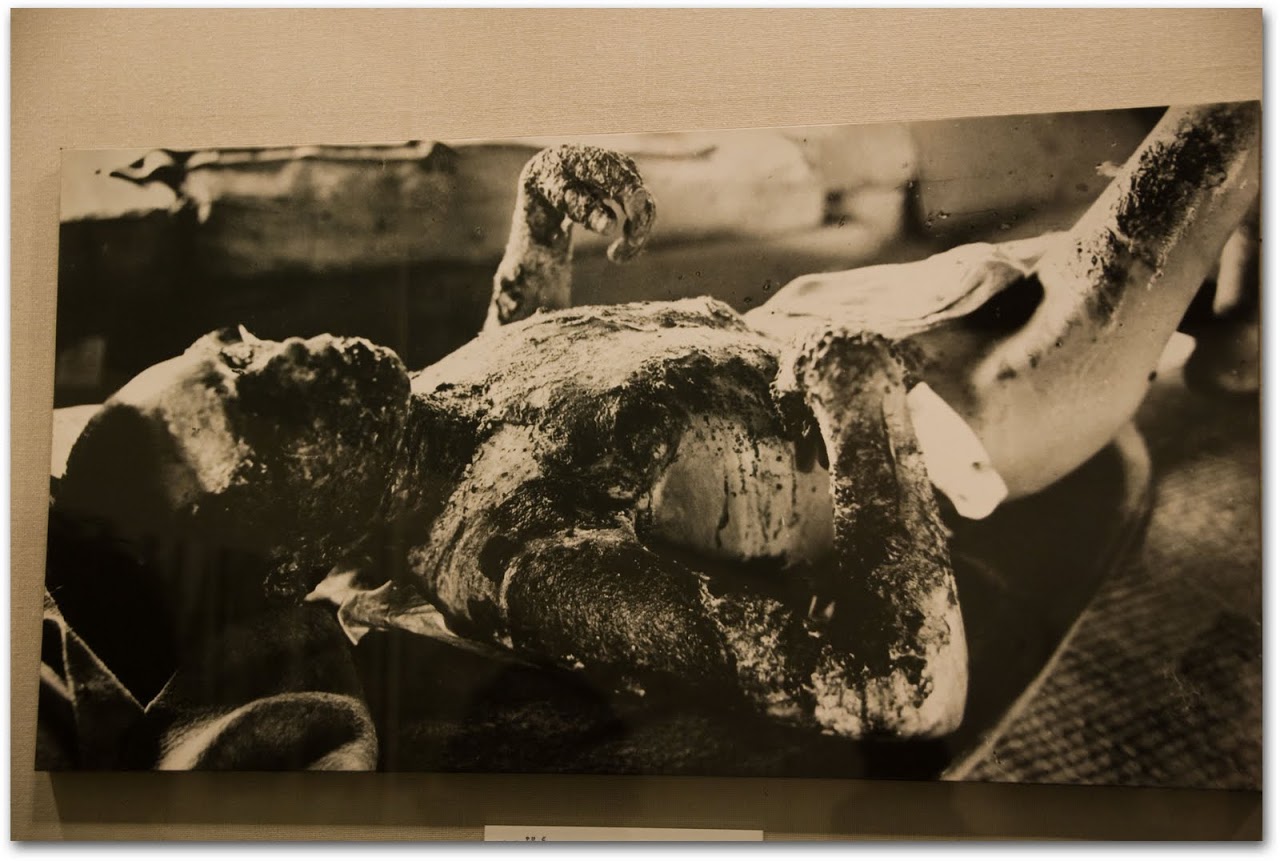
|
Pictures of the bomb exploding; victims of the bomb; a tricycle buried with a child; and burn victim from the blast
In May 1945, after a chilling deliberation about the best target for the use of the expensive atom bomb built under the Manhattan Project, American leaders selected Hiroshima because of its military importance, large population, and small number of Allied POWs. Regardless of whether it was the right or wrong decision, the only way to end the war or a way to demolish a powerful enemy, on August 6, 1945, at 8:15 a.m., people died. Light, noise, and fire reduced a city to dust.
A-bomb dome
The twisted steel girders of the Prefectural Industrial Promotional Hall, the one building that survived what President Truman called the “rain of ruin from the air,” is now known simply as the A-bomb Dome. It stands in the midst of a serene garden with fountains and gaping children who draw sketches of the fragments of the building.
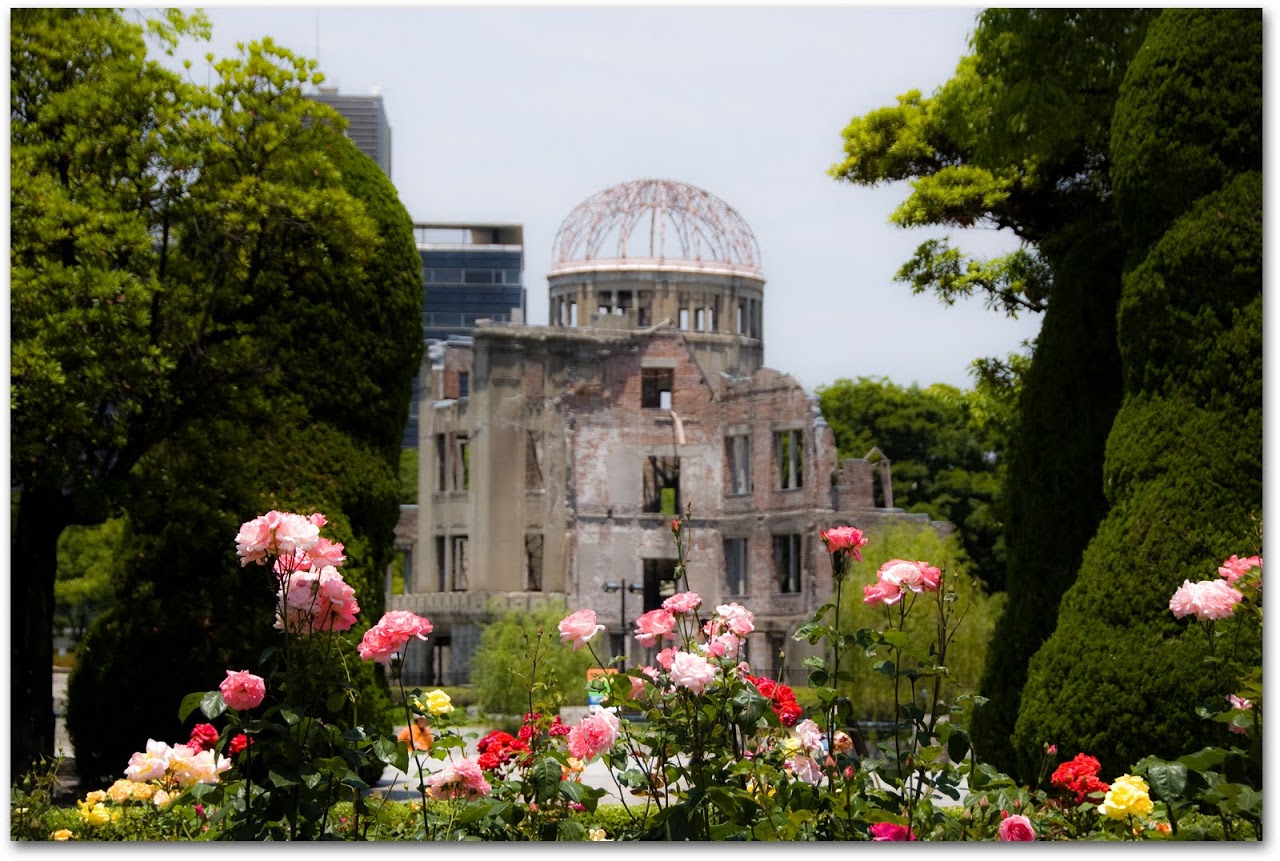
|

|
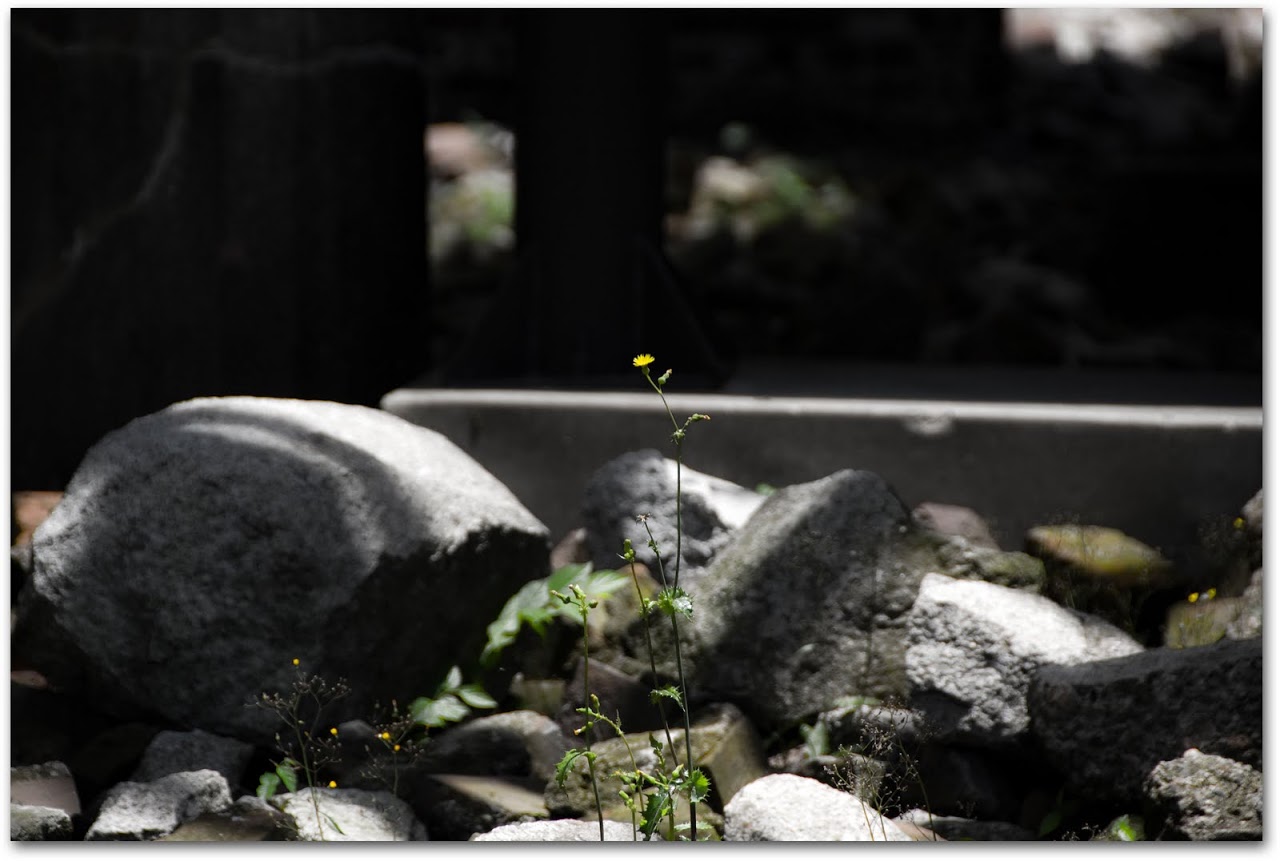
|

|
Occasionally, the sonorous ring of a giant bell echoes against the pavement as visitors ring it and wish for world peace. A fire burns in the center of a fountain; it will burn until worldwide nuclear disarmament. At the edge of the park, memorials etched in many languages repeat the same phrase, “ Let all the souls here rest in peace for we shall not repeat the evil. ”
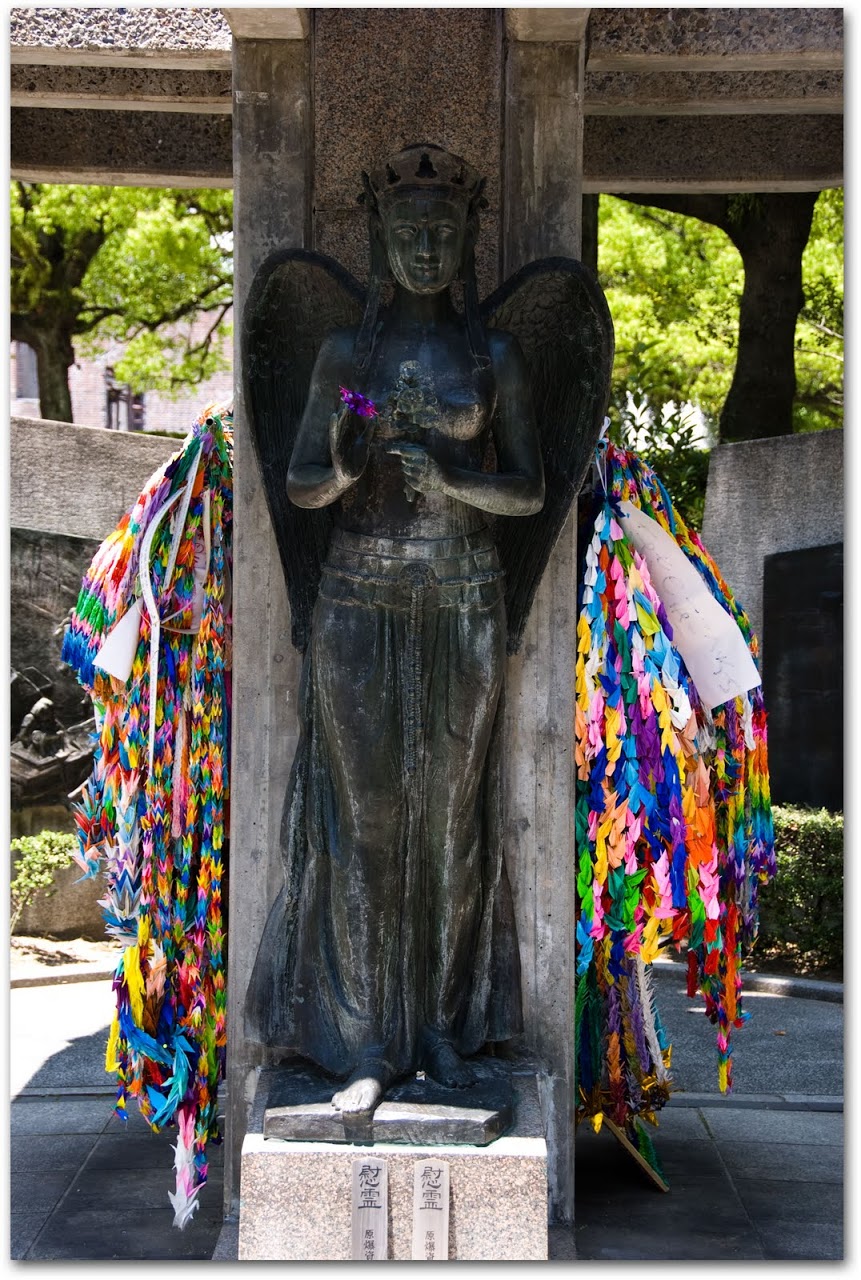
|
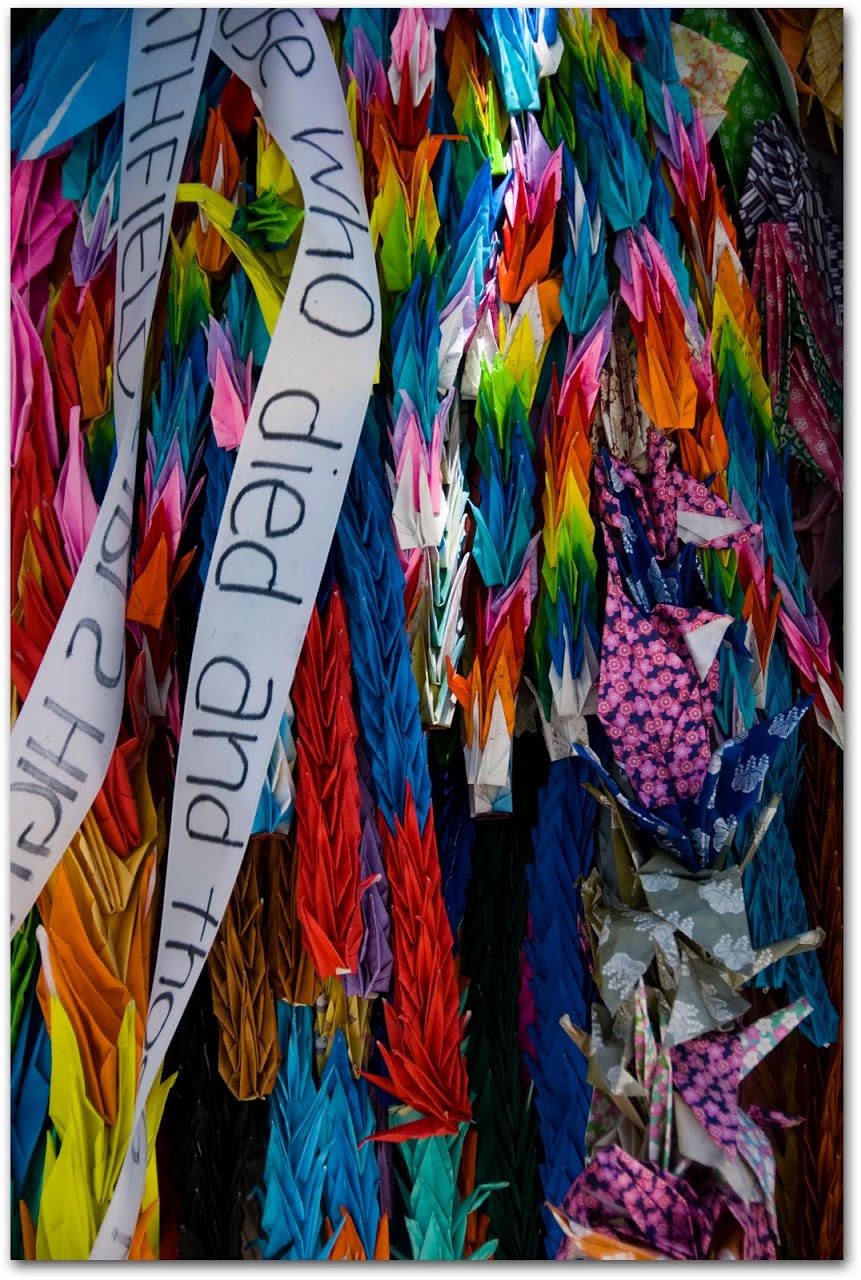
|
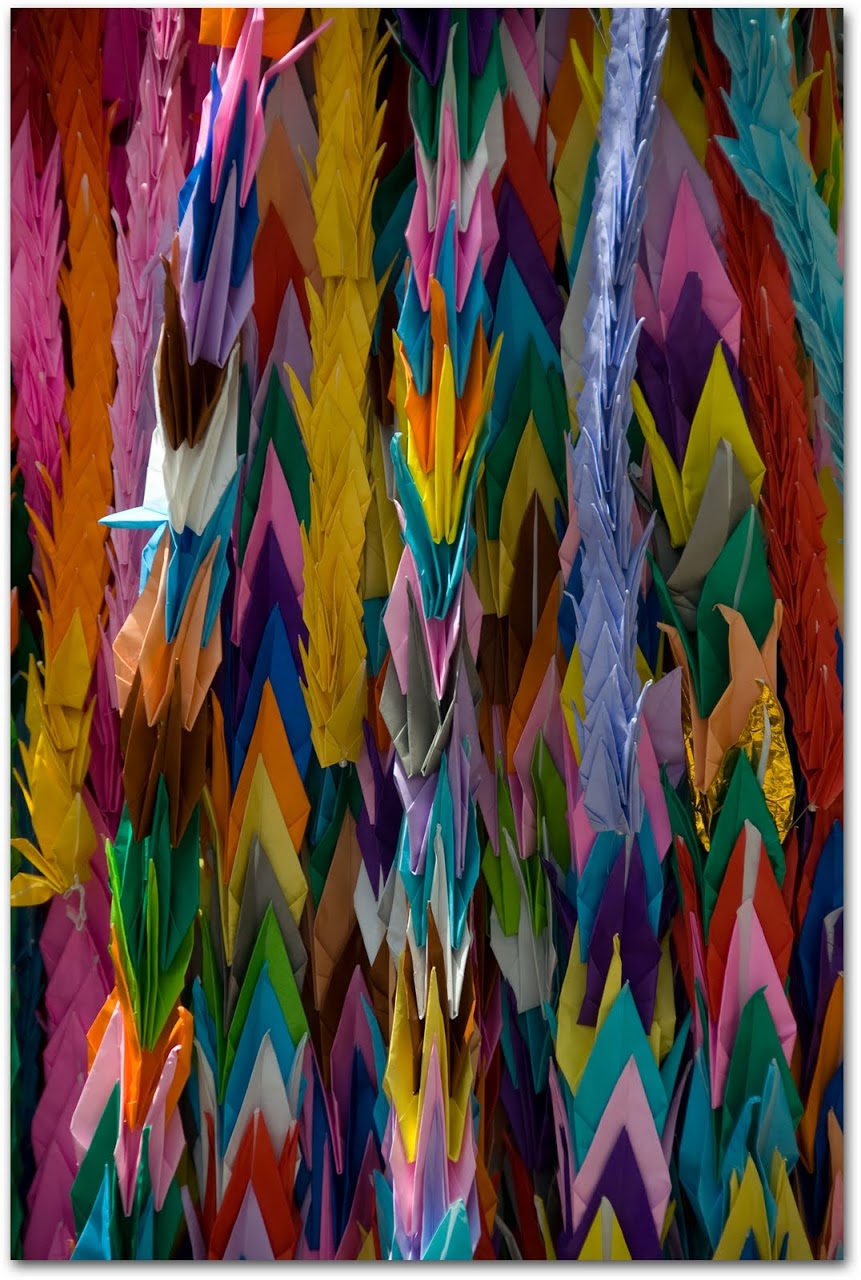
|
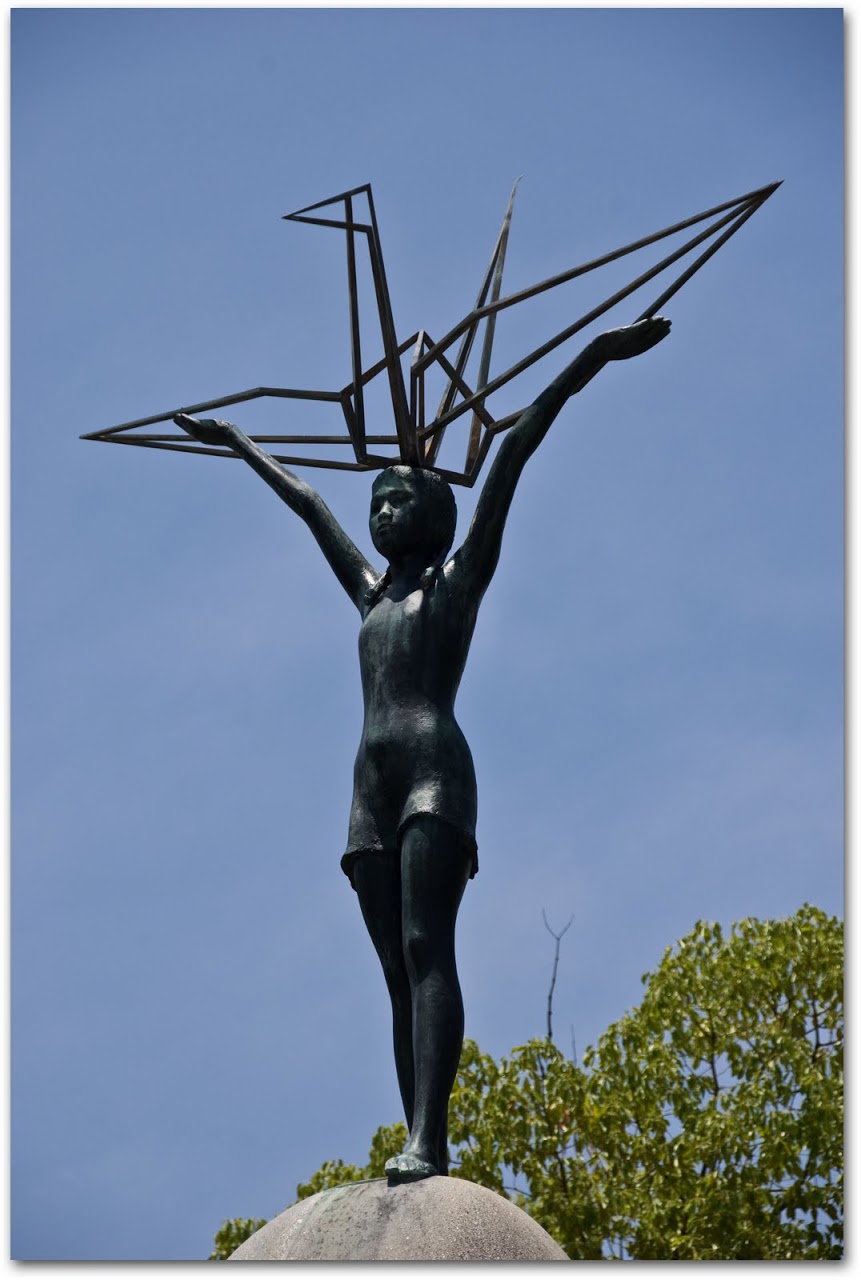
|
Throughout, there are paper cranes in every shade and color of the spectrum, resting against memorials, hanging on ropes throughout the park, and tens of thousands of them surrounding the Children’s Peace Memorial. The memorial commemorates the story of Sadako Sasaki, who was diagnosed with chicken pox and leukemia, ten years after the atom bomb exploded one mile from her home.

|
|
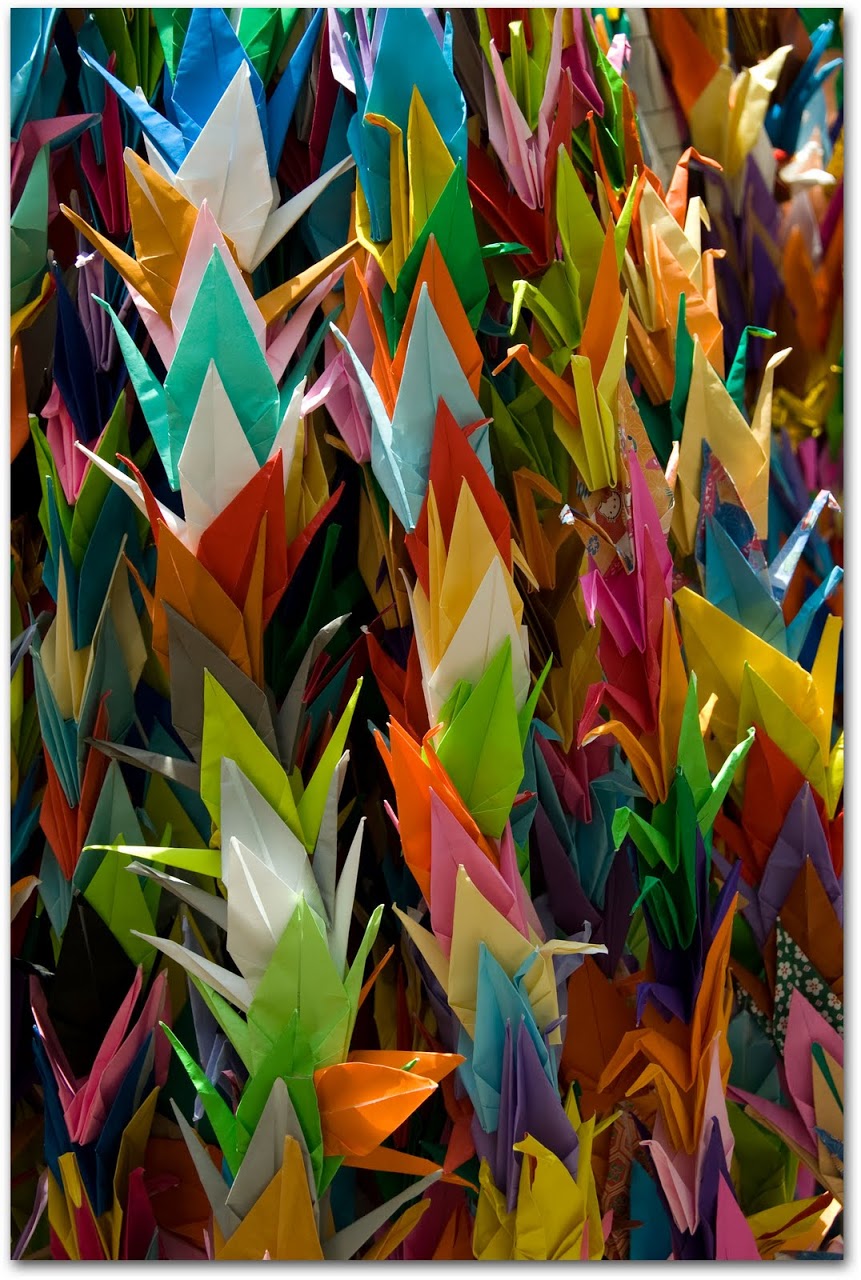
|
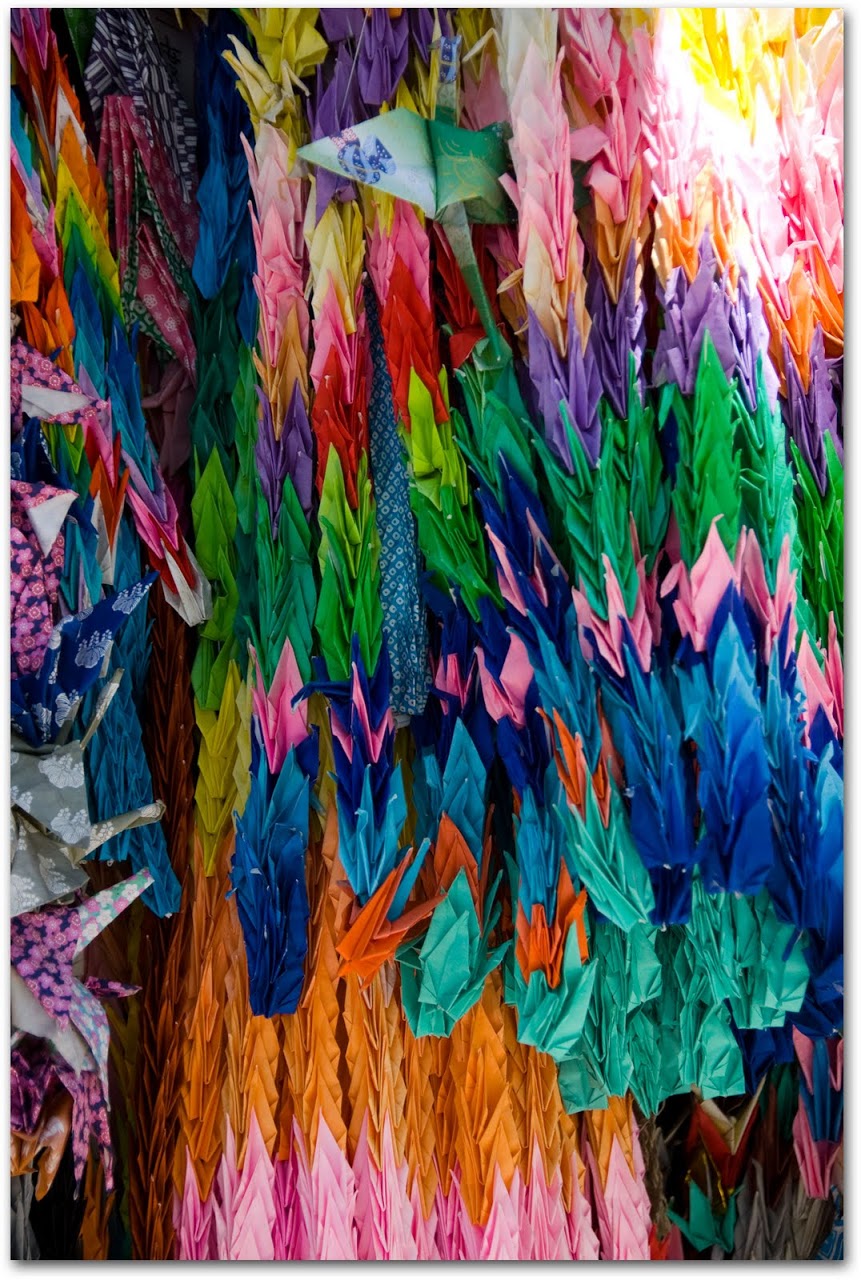
|
Children at the Peace Memorial in Hiroshima; paper cranes
She believed in a Japanese proverb that a person who folds a thousand cranes would be granted a wish and laid in her hospital bed for four months folding tiny paper cranes until her eventual death. Today, children across the world send paper cranes----tiny, large, in plain colors, and vivid silk designs---to Hiroshima in memory of one little girl who died.
Hiroshima Peace Memorial; designed so the A-bomb dome and lit torch can be seen through the arch
We went to Hiroshima not knowing what to expect, wondering whether we would be ashamed by our country’s role in this act of war or saddened by the sheer brutality of the loss as we had been in Phnom Penh . Instead, as my fingers traced the granite etching on the memorial at the end of the park, I felt hopeful: this place “expresses the spirit of Hiroshima – enduring grief, transcending hatred, pursuing harmony and prosperity for all, and yearning for genuine, lasting world peace.”




